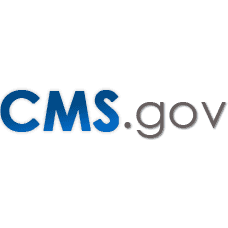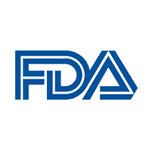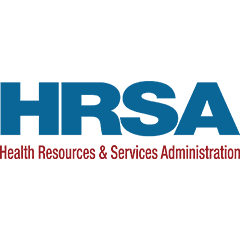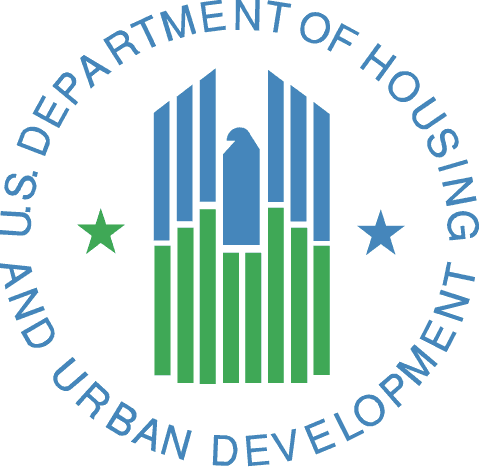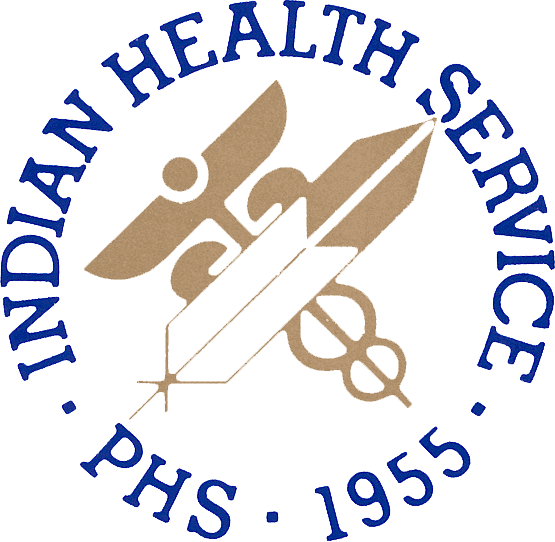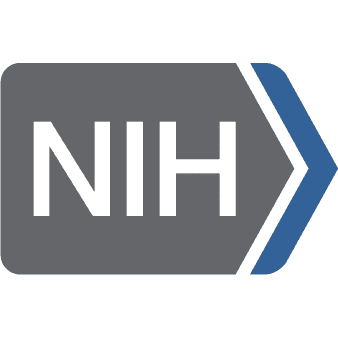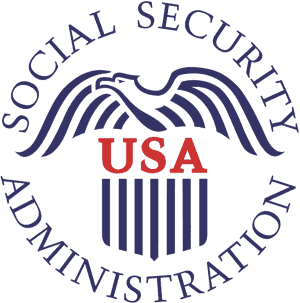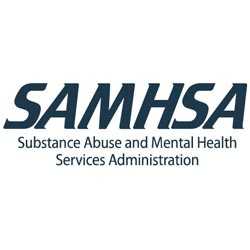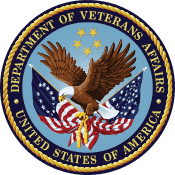HIV Care and Treatment Activities
Topics
Improving Health Outcomes, Preventing New Infections
HIV is a virus that can multiply quickly and damage the body’s immune system, making it hard for a person to fight off infections and cancers. While no cure exists for HIV infection, effective treatment is available. Today, there are more than 30 antiretroviral drugs approved by the Food and Drug Administration (FDA) to treat HIV infection. When used consistently, antiretroviral therapy (ART) can reduce the amount of virus in a person’s blood to a very low level. This is known as viral suppression. ART can also make a person’s viral load so low that it doesn't show up in a standard lab test. This is called having an undetectable viral load. People with HIV who start ART early, get and remain on treatment, and achieve and maintain an undetectable viral load can live long and healthy lives. Treatment also confers enormous prevention benefits—in research studies conducted to date, no case of HIV transmission has been linked to someone who had a suppressed viral load. In short, people with HIV who get and keep an undetectable viral load will not transmit HIV to their HIV-negative partners through sex. U.S. clinical guidelines recommend that all people who are diagnosed with HIV receive treatment as soon as possible, regardless of how long they have had the virus or how healthy they are.
Timely and Accessible HIV Treatment: A Critical Need
While the health and prevention benefits of ART are clear, according to CDC, in 2019, only 66 percent of people with diagnosed HIV in the United States were virally suppressed. There are various reasons for this. Among people with HIV who do not have the virus in check, many have been diagnosed, but are in and out of care due to the cost of medical care and HIV drugs, stigma, shame, perceived or real concerns about taking HIV medications, lack of stable housing, and transportation. When people with HIV do not receive the treatment and care they need, the disease worsens and eventually progresses to AIDS. In 2019, there were 15,815 deaths among people with diagnosed HIV in the US and dependent areas. People with HIV who do not have a suppressed viral load also remain at risk of transmitting the virus to others. CDC has found that more than 90 percent of new HIV infections could be averted by diagnosing people with HIV and ensuring they receive prompt, ongoing care and treatment.
Disparities in HIV Treatment and Care
There are numerous disparities in HIV treatment and care among certain subpopulations in the U.S. For example, CDC’s 2019 HIV monitoring report indicates that Black or African American persons with diagnosed HIV infection have percentages of linkage to care within one month of HIV diagnosis and viral suppression within six months of diagnosis that are lower than whites and far below national goals. In addition, fewer people with HIV in the South are aware of their infection than in any other region. Consequently, fewer people in the South who have HIV receive timely medical care or treatment, and fewer have their virus suppressed. Data from clinics funded by the Ryan White HIV/AIDS Program (RWHAP) show that in 2020, American Indian/Alaska Native persons, Black/African American persons, transgender women, youth between the ages of 13 to 24, and persons who were unstably housed had viral suppression rates that were lower than the RWHAP population in general. These populations had lower rates of engagement at each stage of care, due in part to a range of social and environmental conditions that make it more difficult to seek and stay in care. These conditions include poverty, poor access to health care, stigma, and a limited understanding of the benefits of treatment.
National Priorities: Improving Access to HIV Care and Increasing Viral Suppression
The scientific data showing the benefits of early HIV treatment for the health of people with HIV and prevention informed the National HIV/AIDS Strategy (2022-2025). The Strategy focuses on four goals: prevent new HIV infections; improve HIV-related health outcomes of people with HIV; reduce HIV-related health disparities and health inequities; and achieve integrated, coordinated efforts that address the HIV epidemic among all partners and stakeholders. To implement and achieve these goals, the Strategy details 21 objectives and 78 strategies and designates five priority populations disproportionately impacted by HIV so that federal agencies and other stakeholders can focus efforts and resources to achieve the greatest impact.
Measuring Progress: Improving the Health of People with HIV
By 2025, the Strategy aims to increase the percentage of newly diagnosed persons linked to HIV medical care within one month of their HIV diagnosis to at least 95 percent and increase the percentage of persons with diagnosed HIV infection who are virally suppressed to at least 95 percent. Further, the Strategy’s targets include reducing homelessness among people with diagnosed HIV by 50% and decreasing stigma among people with diagnosed HIV by 50%.
Across the federal government, agencies are working to implement the Strategy and help close the gaps in HIV care and treatment for people with HIV so that we can attain the healthier future that is within our grasp. This includes efforts focused on continuing to improve the response to HIV among racial and ethnic minority groups that have been hit hardest by HIV. An important resource to improve HHS agencies and offices’ ability to improve HIV-related outcomes and reduce HIV-related disparities among racial and ethnic minority communities is the Minority AIDS Initiative (MAI), which was established by Congress in 1999. The legislation allocates MAI resources to the CDC, HRSA, SAMHSA, and the Minority HIV/AIDS Fund (MHAF). Resources awarded to HHS agencies support the delivery of services that are designed to complement, not duplicate, those supported by other funding. Two areas of special emphasis of the MAI are building the capacity of community-based organizations and improving the quality of care. The MHAF, administered by the Office of the Assistant Secretary for Health, plays a unique role in improving the quality of prevention and care for racial and ethnic minorities. MHAF supports cross-agency demonstrations and agency-administered projects that serve as laboratories of innovation, testing out new approaches before innovations are introduced more broadly across prevention, testing, or care systems. The work includes evaluating how efficiency and quality of services can be improved to better serve people who need HIV services. Current MHAF-supported demonstration projects include ones that are helping to build capacity to implement rapid ART start for Improved care engagement in Ryan White HIV/AIDS Programs and using bundled interventions to improve care coordination for Black women with HIV. The successes generated from MHAF activities create lasting changes across the federal HIV prevention and care portfolio, improving efficiency, further reducing HIV infection, and saving lives and health care dollars.
Federal agencies play a variety of roles in supporting HIV care and treatment for people with HIV in the United States. Some deliver HIV clinical services, others help pay for HIV care and treatment, while others provide housing, training, employment, or income supports that assist people with HIV to remain in care and adherent to their treatment. Other federal agencies are involved in ensuring the safety and effectiveness of drugs and diagnostic tests used in HIV treatment while still others are engaged in setting, reviewing, and updating national guidelines for treatment of HIV disease and related issues.
Scroll down to read about federal agencies’ treatment activities.

